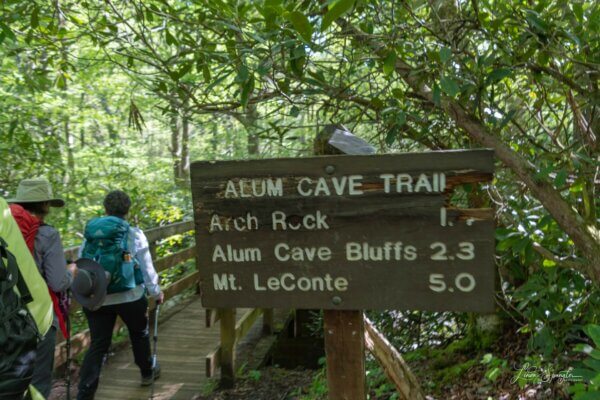

The 17G is the first Bus that goes to The Cave Gaming Center in Kings Park West. What time is the first Bus to The Cave Gaming Center in Kings Park West?.The MANASSAS LINE is the last Train that goes to The Cave Gaming Center in Kings Park West. What time is the last Train to The Cave Gaming Center in Kings Park West?.The MANASSAS LINE is the first Train that goes to The Cave Gaming Center in Kings Park West. What time is the first Train to The Cave Gaming Center in Kings Park West?.The Braddock Rd And Ox Rd stop is the nearest one to The Cave Gaming Center in Kings Park West. What’s the nearest bus stop to The Cave Gaming Center in Kings Park West?.The nearest bus stop to The Cave Gaming Center in Kings Park West is a 5 min walk away. How far is the bus stop from The Cave Gaming Center in Kings Park West?.These Bus lines stop near The Cave Gaming Center: 306, GOLD 1, GOLD 2, GREEN 1, GREEN 2. Which Bus lines stop near The Cave Gaming Center?.Burke Centre is 5246 yards away, 61 min walk.Braddock Rd & Roanoke La is 455 yards away, 6 min walk.Braddock Rd And Ox Rd is 359 yards away, 5 min walk.The closest stations to The Cave Gaming Center are: The Cave Shop website is What are the closest stations to The Cave Gaming Center?

Thanks to Royston Town Council and “The Sun and the Serpent” by Hamish Miller and Paul Broadhurst What a find as a space for an esoteric School dedicated to the service of helping the evolution of human consciousness! It was by coincidence that just after Claudine had asked the teachers of the school to look out for somewhere permanent to base the School, a friend visited the Royston Cave and saw the For Sale sign on the shop just above.

You can find out more about the Royston Cave in many books and at many sites, including this one. It is believed to be a place of transformation, of illumination and rebirth as it should be in the centre of the womb of the earth. The Cave has the shape of an inverted womb. The importance of the Cave as a sacred place would appear to be in the crossing of the two great currents of the Michael and Mary lines, forming a node underground for the first time in a chamber cut into the earth itself. It receives many visitors each year from all over the world. Recently the connection of the Royston Cave with the Knights Templar has been established. It contains carvings of symbolic representations of Christian mysteries blending with pagan elements. The Royston Cave is a historic site of international importance. The building has had many lives since it was an inn in the 15th century – recently the local newspaper published a picture from 100 years ago, when it was a cobbler’s shop.

Until recently, you could only get to the Cave via the shop the Cave entrance is now next door. It was from this building that the work of clearing the debris was performed at night to avoid the curiosity of treasure hunters. The Cave was rediscovered in 1742, filled with earth debris. The shop is situated above the entrance to the Royston Cave. The cellars are still there under the shop, carved out of the chalk. In 1452 the landlord of the inn welcomed the paupers working in the fields to stay in its cellars during a particularly cold winter to feed and educate them. The Cave Shop was previously a building mentioned in historical records as an inn called The Ram’s Head. James’ palace was behind the shop and the horses and carriages would come through the arch next to the shop on their way to the stables. Kings James 1st and Charles 1st stayed in Royston a lot. Royston developed into a thriving market town with trade strongly influenced in the medieval period by the Knights Templar. The huge stone at the base of the cross was located over the Royston Cave and has now been relocated to a point just across the road from The Cave Shop. The town is named for Lady Roisia de Vere who gave her name in the eleventh century to a cross situated at the crossroads. From the 12th century the town was a centre of monastic life and the Augustinian priory continued without break for nearly 400 years. It is believed that this crossing marks one of the first oracle points of prehistoric time. The town of Royston lies on the crossing of two important Roman roads – Ermine Street running from London to York and Icknield Way, which runs from Salisbury Plain to East Anglia and which was itself based on a prehistoric route.


 0 kommentar(er)
0 kommentar(er)
